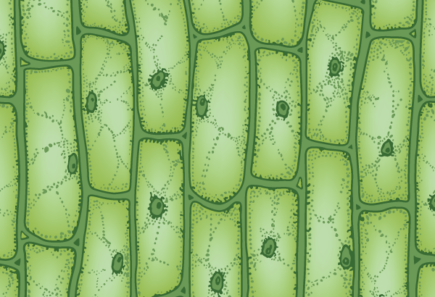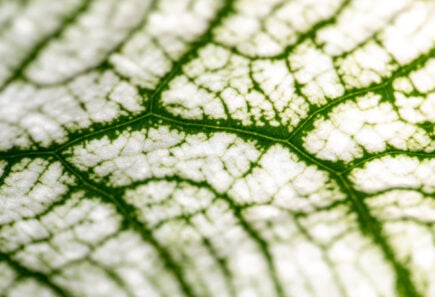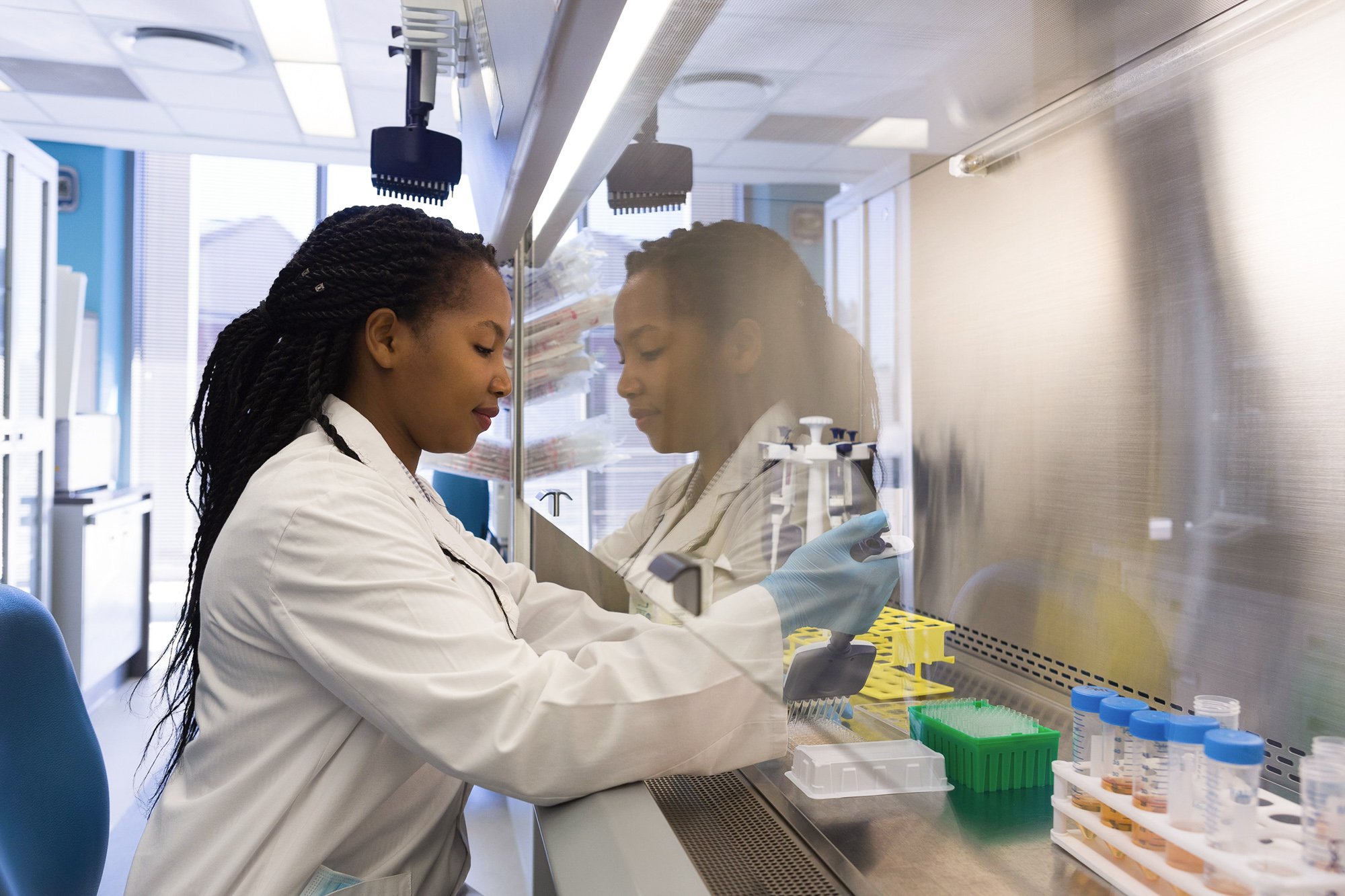Plant-based scaffolds to improve cultivated meat nutrition
A variety of plant-based scaffolds present the opportunity to combine the natural nutritional and structural benefits of plants with the taste and high protein of cultivated meat. Bacterial nanocellulose from coconut water is a particularly promising scaffold material with its FDA approval status and beneficial nutritional and cell adhesion properties.
-
Cultivated
-
Plant-Based
- Research
- Commercial
- Investment
- End Products
- Production
- R&D
- Raw Materials, Ingredients, & Inputs
- Bioprocess design
- End product formulation & manufacturing
- Scaffolding
- Industry
- Academics
- Startups
Current challenge
Scaffolds provide the necessary structure to create 3D designs, enabling variety in the shape of cultivated meat products. Scaffolds for cultivated meat face a unique set of challenges differing from biomedical scaffolds due to the need for edible, scalable, and nutritious qualities. Current scaffolds are limited by expensive, sometimes inedible materials, which would require additional processing prior to consumption. Additional investigation is required to assess edible scaffolds’ nutritional value and to test the food safety of processes such as plant decellularization. The complete nutritional profile of cultivated meat is not yet known. Although the nutrients will rely heavily on the cell media and the cultured cells’ expression profiles, plant-based scaffolds could improve nutritional profiles. Some plant scaffolds are edible (non-toxic) but not digestible by humans, and not all are compatible with cell adhesion. Plants with surface texture, such as grass, are ideal for cell adhesion and alignment but present digestion problems. Even with long incubation periods, complete degradation of cellulose scaffolds is unlikely to occur, perhaps affecting the final product’s nutritional and organoleptic properties like taste and texture. Plant-based scaffolds could provide needed diversity in cell structure, allowing for more variety in products. More research is needed to determine how cells from various animals interact with different plant materials and the corresponding nutritional profile.
Proposed solution
A range of plant-based scaffolds will likely be needed to provide variety in cultivated meat taste, texture, and nutrition. Scaffolds could consist of non-functionalized (natural surface without an added protein coating) plants used alone or hybrid options that combine plant and self-assembling proteins to improve cell adhesion. Plant-based scaffolds offer cost-efficient, animal-free, and environmentally sustainable 3D structures for cell growth. Plants have a natural advantage over other scaffolds because of their innate nutritional value, beneficial antioxidant compounds like carotenoids and polyphenols, and highly vascularized system that efficiently delivers necessary inputs to growing cells. Furthermore, plants can bolster the amino acid balance of cultivated meat. A study of cultivated beef and chicken showed differences in amino acid composition, affecting nutrition and taste, between cultivated meat and conventional meat. Deficits in the amino acids glutamic acid and aspartic acid in the cultivated meat products could be supplemented by plant-based scaffolds since these amino acids are abundant in plants. Biomaterials like alginate, soy, and pea protein isolates are edible, nutritious, inexpensive, and compatible with 3D bioprinting. Plant-based scaffolds present the opportunity to combine the natural nutritional and structural benefits of plants with the taste and high protein of cultivated meat, similar to benefits proposed by plant-based and cultivated meat hybrids.
A similar solution is a bacterial nanocellulose fiber matrix derived from plant-based material and processed via fermentation. Some bacterial nanocellulose can be fermented with fruit syrup (like coconut or pineapple) and one company describes a bacterial nanocellulose scaffold from coconut as tasteless, so it would not affect the flavor of cultivated meat but provides natural dietary fiber and possible cholesterol-lowering properties (with high water and cholesterol uptake) that could improve the nutritional value. Bacterial nanocellulose likely has similar overall properties to plant cellulose and is easier to isolate with high cellulose purity compared to plant cellulose which can contain extraneous plant pulp. Bacteria nanocellulose can be shaped into different forms (hydrogel, crystals, fibers, pellets) and supports cell attachment and differentiation but displays low cell retention over time. With organoleptic properties similar to fat and established Generally Recognized As Safe (GRAS) status, bacterial nanocellulose could be a viable scaffolding material for cultivated meat.
Further investigation is needed to determine the amount and incorporation methods of plant-based enrichment possible without compromising the taste or texture of the final product. With scaffolds, food safety and optimization for processes like decellularization to preserve the extracellular matrix structure while retaining nutritional properties still need to be determined. Furthermore, the use of harsh chemicals during decellularization remains a concern. Combining efforts underway in the biomedical and cellular agriculture industries to investigate different plant-based scaffolds and safe decellularization procedures could benefit both industries.
Anticipated impact
If successfully adapted to cultivated meat production, plant-based scaffolds could be accepted as more natural and nutritious by consumers and could be less disruptive for farmers who currently grow feed like soy for cattle, enabling the same crops to be directly eaten by humans. Plant-based scaffolds could increase the profits of cultivated meat by enabling the development of higher-value whole cut products. Plant-based and cultivated meat hybrids could reach the market more quickly due to their attractive cost of goods relative to fully cultivated products, but consumer acceptance of blended products is unclear. Some common plants used in food, such as soy, may also pose allergen risks, so a diverse range of plant-based scaffolding materials is warranted. A wide selection of plant-based scaffolds could enable more consumer choice over the structure and nutrition of cultivated meat.
Related efforts
- Textured soy protein scaffolds enable the generation of three-dimensional bovine skeletal muscle tissue for cell-based meat. (Ben-Arye et al., 2020)
- Scaffolding biomaterials for 3D cultivated meat: prospects and challenges. (Bomkamp et al., 2021)
- Cass Materials. Accessed 31 December 2021
- The emerging role of decellularized plant-based scaffolds as a new biomaterial. (Harris et al., 2021)
- Decellularized spinach: An edible scaffold for laboratory-grown meat. (Jones et al., 2021)
GFI resources

Collaborative Researcher Directory
Use this directory to find scientific collaborators in the alternative protein field.

Research funding database
GFI’s research funding database provides curated grant opportunities for open-access alternative protein research.
Meet the author

Eileen McNamara
GFI Research Fellow
Uniformed Services University of the Health Sciences

Find collaborators
Join the GFIdeas global community of 2,000+ entrepreneurs, scientists, investors, and subject matter experts. Discuss projects on the members-only Slack community, attend monthly seminars, and use the community directory to help you find collaborators working on similar Solutions!
Related solutions
-
Cultivated
Biomaterials for scaffolding
A handful of companies and researchers are developing scaffold materials for use in various steps of the cultivated meat production process, but to date the topic of scaffolding has been…
-
Cultivated
Co-cultured support cells for cultivated meat
Cultivated meat research focuses primarily on muscle fibers and fat cells. However, other cell types serve functions that are often under appreciated in their relevance to cultivated meat. Co-culture methods…
Related GFI research grants

Plant-based scaffolds
GFI is building plant-based tissue scaffolds for cultivated meat with Dr. Masatoshi Suzuki at University of Wisconsin, Madison

Hybrid scaffolds for cultivated chicken
Learn about Dr. Aline Bruna da Silva’s research on hybrid scaffolds to create 3D cultivated chicken at the Federal Center for Technological Education of Minas Gerais (CEFET-MG).

Explore the full solutions database
Browse 100+ startup ideas, commercial opportunities, research projects, and investment priorities throughout the alternative protein supply chain.
Get involved
If you’d like to fund a research project, work on any of these solutions, share information about related efforts that are already underway, or elevate new ideas for advancing the alternative protein industry, we’d love to hear from you!
